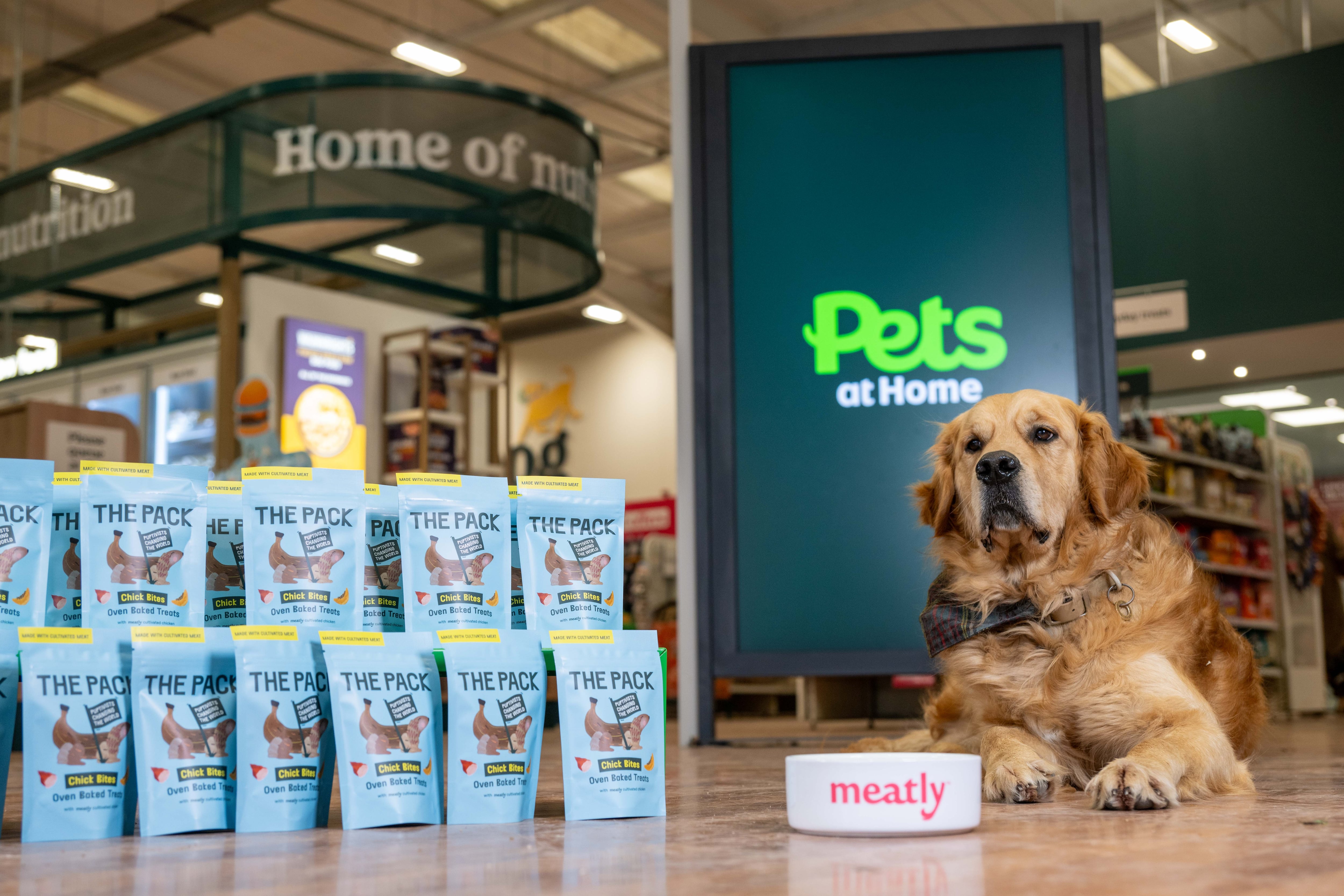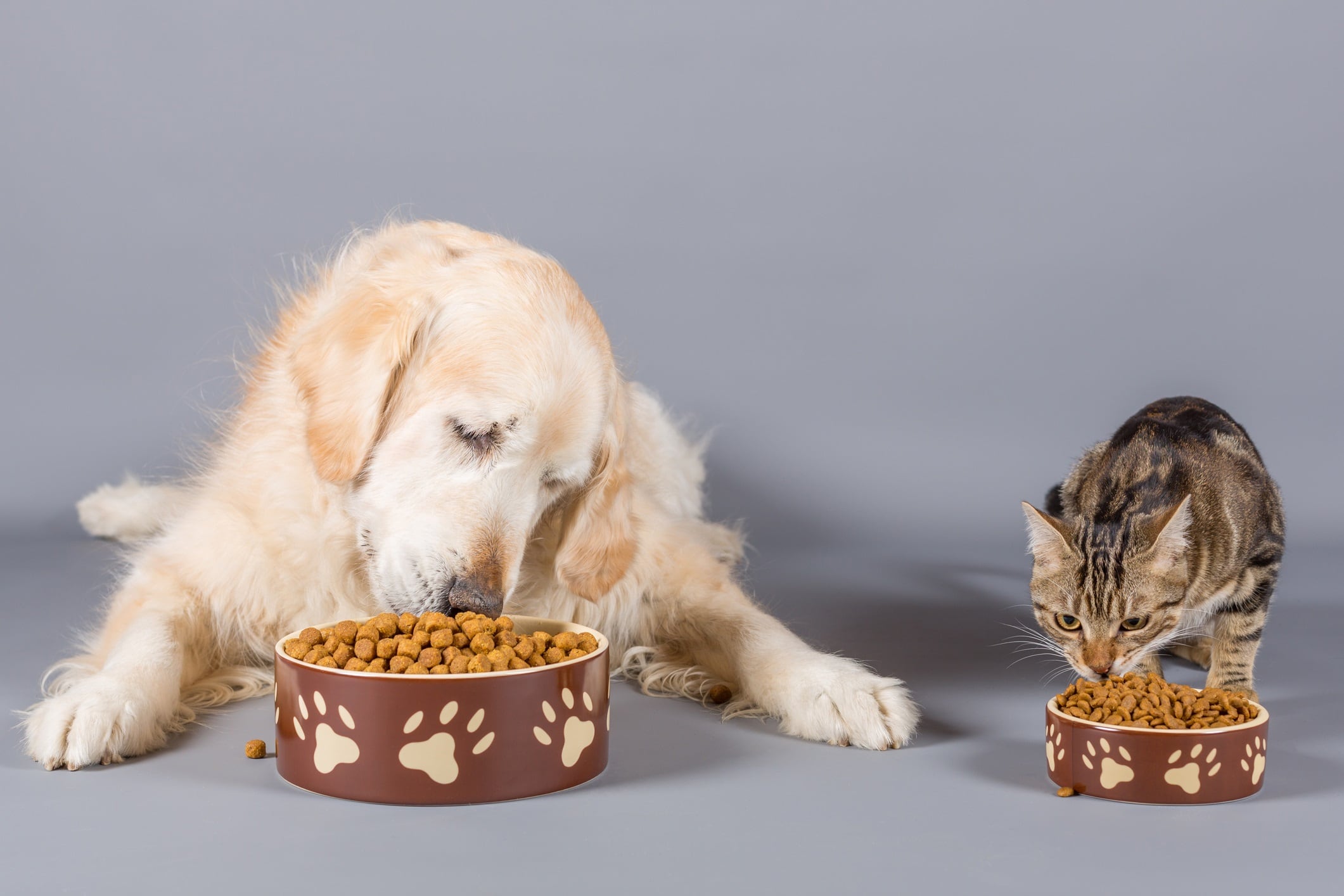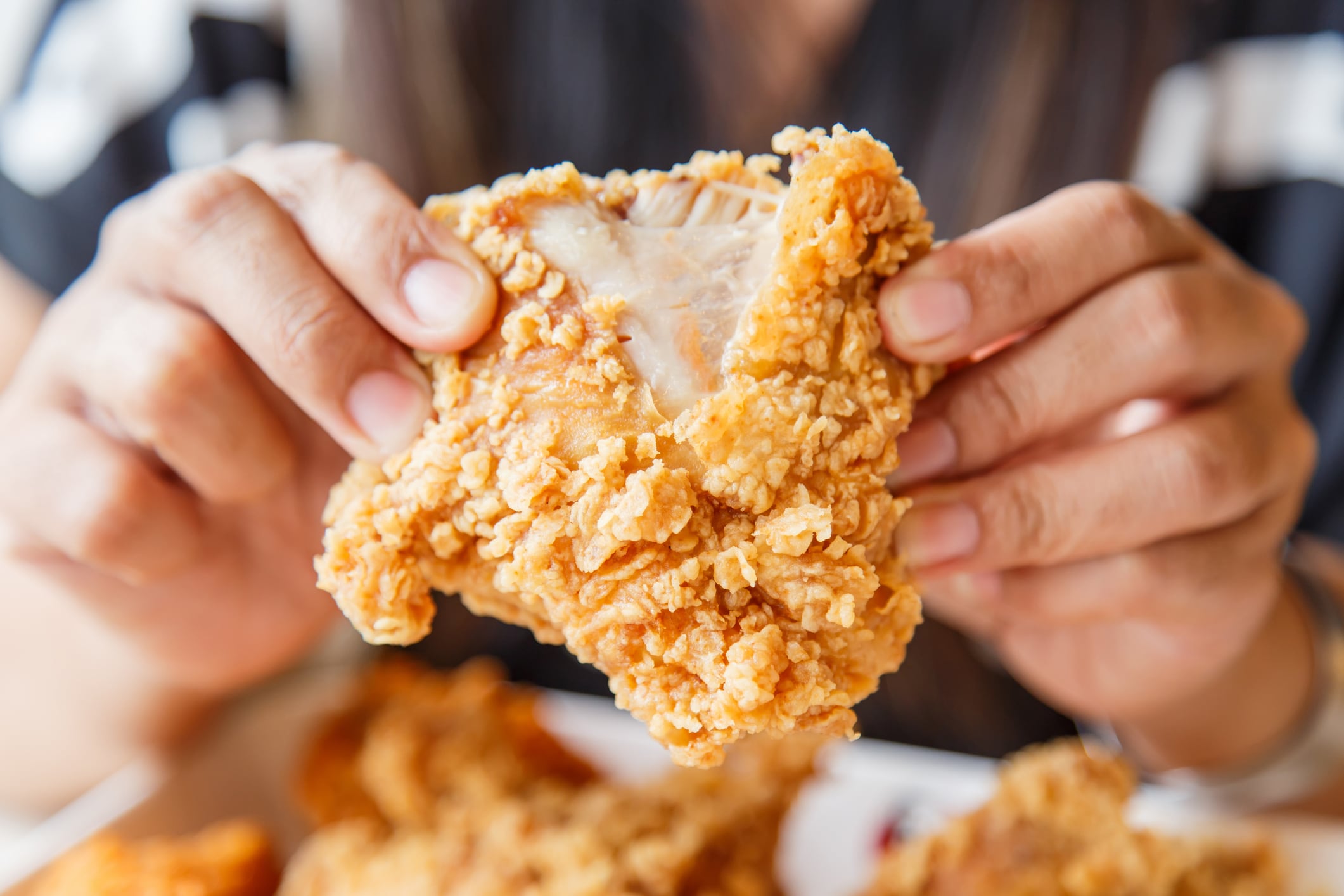Meatly remains the only cultivated meat company with regulatory approval in the UK, after last year getting the green light for its cultivated chicken pet food product.
But this doesn’t mean the company is done with R&D. It has now announced several further improvements to its production process.
How much has Meatly saved?
Meatly has made several key cost reductions to its production process.
For example, it has cut the cost of its growth medium - the nutrients fed to the animal cells to grow - by 80% to £0.22/L (€0.26). It projects that this will be 1.5p per litre at scale.
This media, the company claims, will be able to support 175 cell doublings, and is free from steroids, antibiotics, hormones and growth factors.
Once scaled, Meatly’s chicken will be priced competitively with average EU chicken breast pieces, the company claims.
Bioreactor costs have been cut even more significantly, being reduced by 95%. According to Meatly, the company’s own 320L patented bioreactor costs only £12,500 (€14,913), compared to the biopharma industry standard of £250,000 (€298,266).
Overreliance on pharma-grade equipment, such as bioreactors, has been a significant barrier for reducing costs in the cultivated meat space for some time.
Meatly’s bioreactor has the longevity, biocompatibility, scalability and performance to meet the requirements of a large-scale industrial facility involving 20,000L bioreactors, the company claims. Meatly plans to build such a facility as part of its next stage of funding.
“At Meatly, we have worked tirelessly with the team to bring to reality both our new low-cost bioreactor, as well as a record cheap medium to be used within it,” says Helder Cruz, Meatly’s CSO.
“Many have cast doubt that the industry would ever reach this point - but we’re pleased to prove these critics wrong. . . . By reaching price parity, it then becomes a simple and easy choice for consumers to buy better meat for their pets.“





